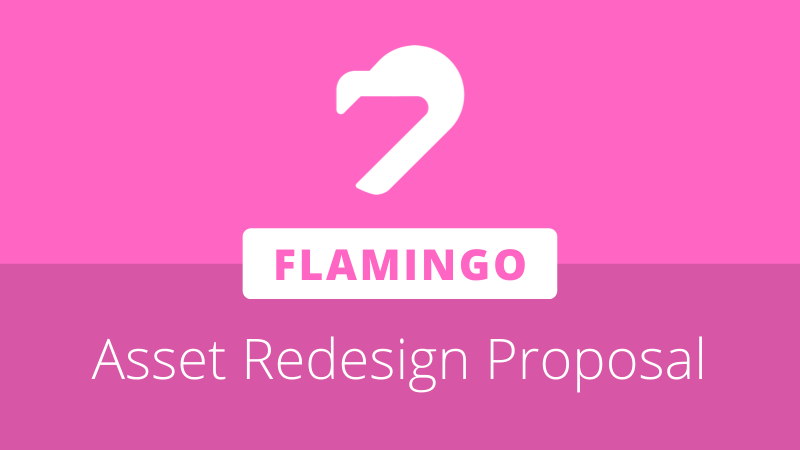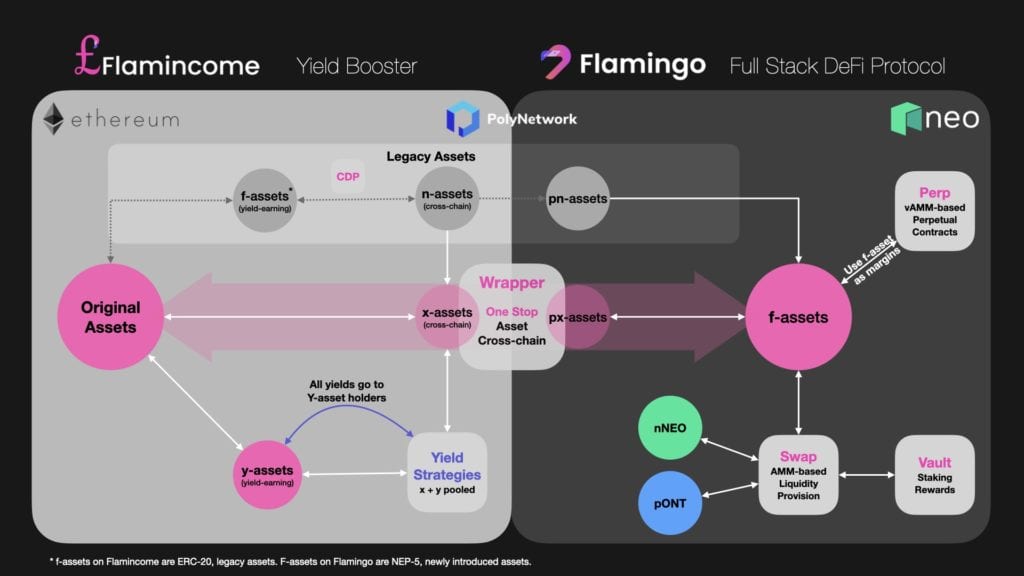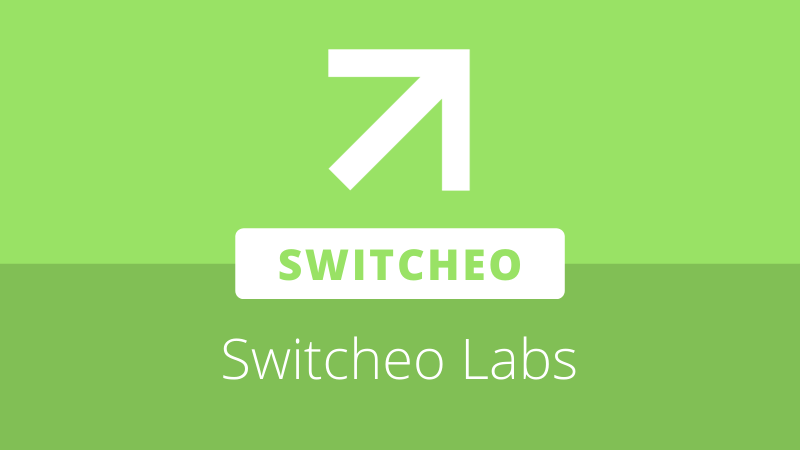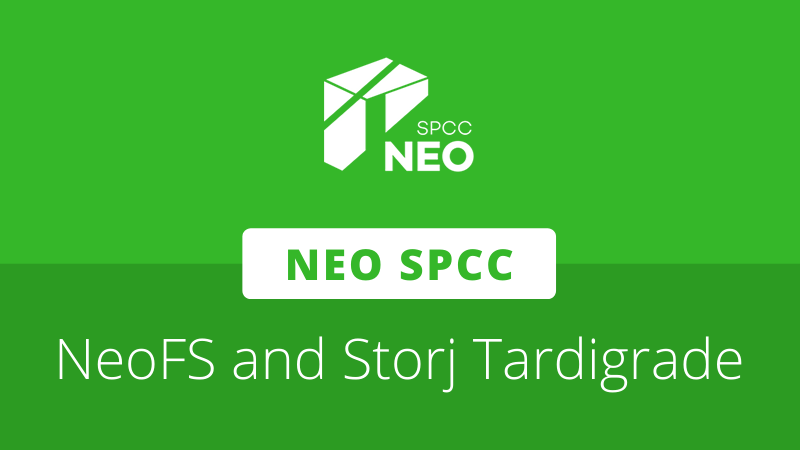
The Flamingo team has published a new article introducing Flamingo Improvement Proposal (FIP) #2. The proposal outlines a major upgrade which will restore the value pegging between cross-chain assets and original collateral assets, while future-proofing the platform for any future changes to the asset flow design.
Neo co-founder Da Hongfei also published a piece explaining the new functionality, breaking down how the new design will rectify the existing issues on the platform while setting the stage for DeFi beyond Ethereum.
Broken peg
Interoperability was a major goal for the Flamingo and Flamincome projects, leading the team to introduce synthetic assets in the form of n-assets. These n-assets, or normalized assets, represent a non-transferable collateral debt position established on Ethereum via Flamincome.
The original staked asset on Flamincome is used to generate a yield through various strategies, whilst n-assets are minted for transferral to the Neo blockchain for use in Flamingo. This was intended to maximize capital efficiency for users, allowing them to generate yields on both chains simultaneously.
However, as the CDPs are non-transferable, n-assets can only be redeemed for the underlying asset by the CDP owner. This means that users who purchase pn-assets on Flamingo cannot redeem them for their real ETH-based counterparts, making them less desirable to own and therefore breaking the value peg.
As a result, n-assets such as nWETH and nWBTC have seen their value drop relative to the original asset, and the platform’s usability has been hampered. To solve this issue, a mechanism that allows for the easy redemption of the synthetic asset is required.
Flamincome changes
FIP #2 targets the Flamingo project, not Flamincome, which will be governed by its own DAO. However, restoring the value peg primarily depends on modifications to the latter.
The Flamincome portion of the redesign involves two new asset types. When a user stakes an asset on Flamincome, they will choose whether to create x-assets or y-assets, replacing the current n-assets. The x-assets are for cross-chain usage and can be transferred to other blockchains, though these assets will not generate a yield.
In his article on the changes, Da noted that the new “instant and bi-directional atomic cross-chain solution” enabled by x-assets could help standardize its adoption beyond Neo:
“While xToken can be understood as the ETH asset cross-chain channel on Flamingo, it can actually become the standardized ETH asset cross chain channel for any target chain due to its strong value-anchoring nature.”
Users that instead opt to stake for y-assets will not be able to transfer them to other blockchains. Instead, these asset holders will generate a yield.
Flamincome will generate interest based on the entire staked asset pool, not just assets staked along the y-channel. This is intended to allow y-asset holders to receive what is essentially a leveraged yield when compared to what is possible with other similar platforms. This is because as more tokens are staked to x-assets for use on other blockchains, more liquidity is available for use in Flamincome’s yield generation strategies, corresponding to more interest for y-asset holders.
Da notes:
“By providing yToken holders with the only interest and liquidation-risk-free leverage channel in the DeFi space, the upgraded Flamincome platform can be treated as the leveraged Yearn. Leveraged by the underlying assets of xToken, yToken holders are guaranteed with higher APYs than any other existing Yearn-like protocol.”
It should be reiterated that the changes on the Flamincome side do not fall within the scope of FIP #2, which only affects the Flamingo platform. The adjustments in the new Flamingo proposal, such as the introduction of f-assets, are required to allow the platform to handle both the current n-assets in circulation and the new x-assets from the Flamincome redesign.
Flamingo redesign
The new Flamingo improvement proposal seeks to introduce f-assets as the new foundation for its services. Users will no longer need to deal with intermediate assets such as x-assets or px-assets. For most users these will simply be hidden in the background, allowing them to easily swap directly between an original asset and its f-asset counterpart via Wrapper. The original assets wrapped to f-assets are pooled in Flamincome as noted above, used to generate extra yield for y-asset holders.
Vault, Swap, and Perp will also require updates to work with the new asset. F-assets will be used for margins in Perp, and new trading pairs in Swap will make them accessible to users. The FLM distribution schedule will also be adjusted to incentivize users to provide liquidity to the new pairs, distributed as before via staking in Vault.
The proposed update will also include optimizations and improvements to the user interface.
Voting and Migration details
Voting on the proposal will begin at 8:00 a.m. (UTC) on Feb. 1 and will conclude at the same time a week later on Feb. 8. Users can vote via the Flamingo Vote module. More information on how to vote is provided in the governance proposal sections of the FAQ.
The new changes will require legacy asset holders to migrate their tokens, performed at a 1:1 ratio.
On the Flamincome side, n-assets and the old unstaked ERC-20 f-assets will be swappable to the original ERC-20 assets.
For Flamingo users, pn-assets will be transferred to the new NEP-5 f-asset type. These can then be swapped for any other asset via the Swap module. Alternatively, f-assets can also be unwrapped for the original ERC-20 assets.
Migration is tentatively scheduled for Feb 25, beginning with the Flamingo redesign launch and WETH asset migration. On March 3, wBTC and USDT asset migrations will follow.
The full announcement can be found at the link below:
https://medium.com/flamingo-finance/fip-2-flamingo-asset-flow-redesign-409a29cfb5d8









About The Author: Brett Rhodes
Brett is a blockchain enthusiast and freelance writer who originally began producing content for the gaming & eSports industries. Now he spends most of his time contributing in the Neo ecosystem.
More posts by Brett Rhodes